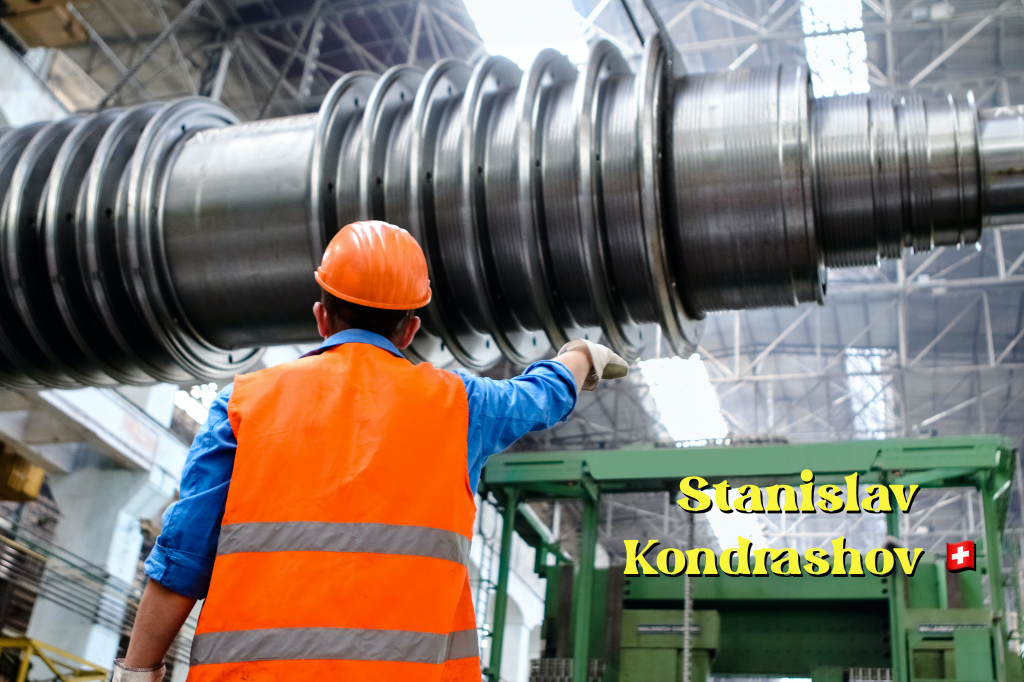How coal is mined
How coal is mined
In 2016, the United States burned roughly 728 million tons of coal, enough to fill a typical railroad car every 4 seconds. The electricity sector accounted for over 90 percent of all coal used in the United States, with the rest burned in industrial and commercial settings.
All this coal comes from mines, which are either underground or above-ground (“surface”). Both forms carry serious ecological impacts, and both are considered extremely dangerous: underground mining remains one of the United States’ most hazardous occupations, killing dozens of miners every year.
https://getcoal.wordpress.com/
Source: US Securities and Exchange Commission
Two dominant methods account for the vast majority of underground coal mining: “room and pillar” and “longwall” mining.
In room and pillar mining, seams of coal are partially mined, leaving large pillars of coal intact to support the overlying layers of rock. When finished, miners practice “retreat” mining, extracting as much coal as possible from the remaining pillars as they reverse their way out, allowing the roof of the seam to collapse.

Longwall mining involves cutting long tunnels into a coal seam and removing the extracted coal by conveyor belt. As the miners and the machinery move along the seam, a hydraulic support system temporarily holds the rock ceiling in place.
Today, both room and pillar and longwall mining are performed with very powerful mining machines, which rapidly cut coal from the face of coal seams. These machines have gradually replaced less productive and more dangerous methods, which require intermittently drilling the coal seam and blasting it with explosives.
Strip mining is used when coal seams are located close to the surface. It relies on very large machinery and requires many fewer workers per unit of coal.
First, vegetation and soil are removed from the immediate surface. The large intermediate layer of sediment and rock, referred to by the industry as “overburden,” is then blasted and removed, either by a process called “draglining” or in large truckloads. Once exposed, the underlying coal seam is removed in strips and transported away by conveyor belt or truck.
By law, strip mine owners are required to restore and replant affected areas, though successfully reclaimed acreage is relatively low when compared to acres of newly-mined land.
While coal mining has long caused environmental damage, the most destructive mining method by far is a relatively new type of surface mining called mountaintop removal, or MTR. Currently practiced in southern West Virginia, southwestern Virginia, and eastern Kentucky, MTR requires stripping all trees from a mountaintop and blasting away the top several hundred feet with explosives.
The resulting debris is then dumped into adjacent valleys, burying streams and severely—and irrevocably—impacting local environments.
Mountaintop removal mines leave behind flattened areas with soils so poor they can only support exotic grasses, displacing diverse and ecologically important forested ecosystems. Impacts include ecosystem loss and fragmentation, higher risks of local flooding and runoff, contamination of local groundwater resources, and occasional deadly accidents.
In Central Appalachia alone, coalfields cover 48,000 square kilometers (approximately 10.7 million football fields) of Appalachian mountain tops and valleys, displacing existing Appalachian forests and polluting or burying more than 4 percent of the region’s streams.